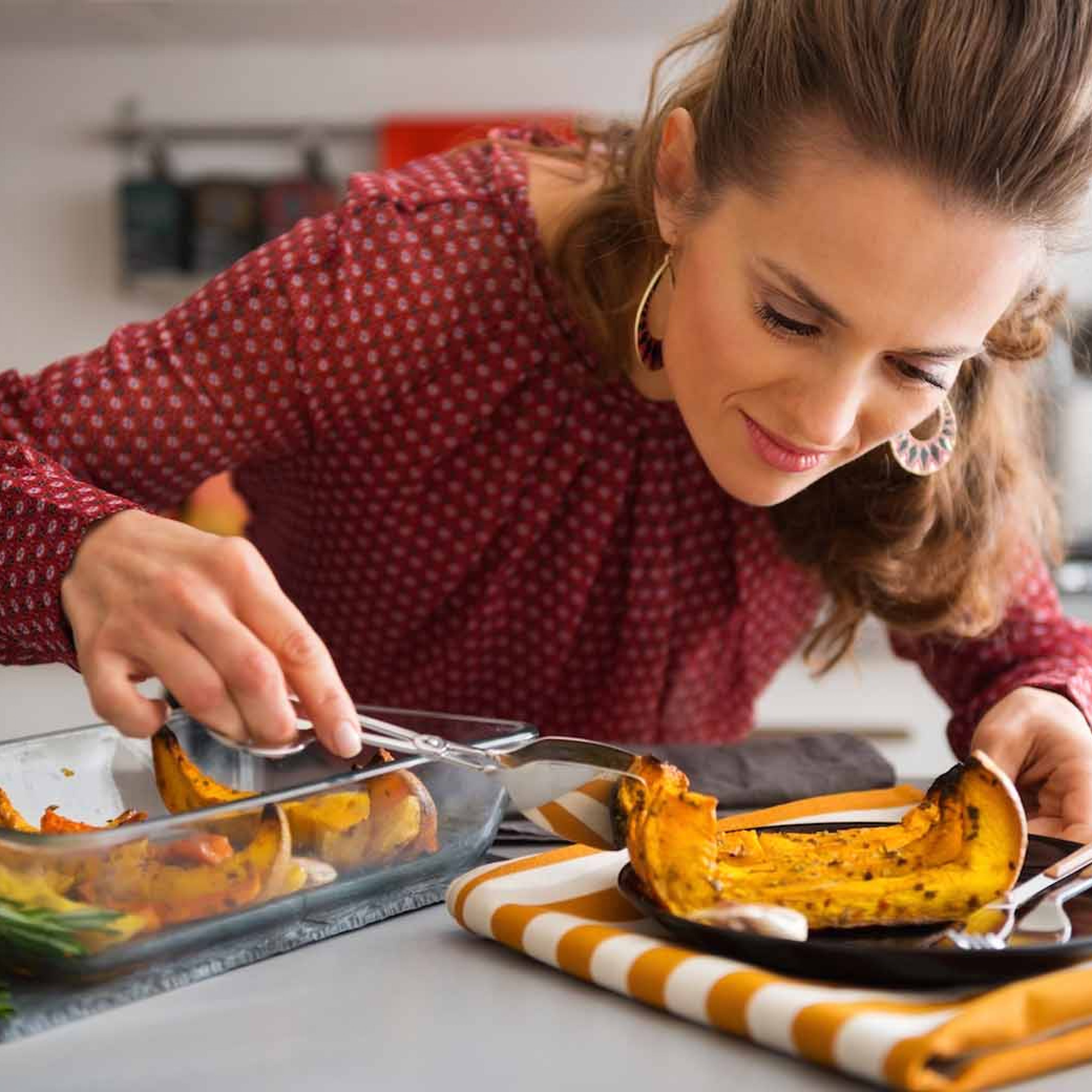How to Go Gluten Free (Without Hating It)

I’ve gone gluten-free for several periods of time over the past few years, and even now, I’m a little gluten-less-than-usual. And guess what? It’s not as hard (or as miserable) as you might think. Yes, you make concessions. Yes, there are foods that you will probably miss. But depending on the reason you’re going gluten-free (allergens, weight loss, or to support a family member who has to make that choice), you might be surprised at how successful and even happy you can be while you’re off gluten.
Here are a few suggestions to help you along in the process:
1. Don’t feel like you can’t eat bread.
Or pasta. Or whatever your glutenous pleasure is. There are plenty of gluten-free options for bread, pasta, and even beer out there. Of course, they don’t taste the same as your favorite sourdough, but there are some great substitutes.
2. Make the effort to search for gluten-free recipes.
The main reason I suggest this is because it’s much more successful than trying to leave out or substitute the gluten in your normal recipes. There are many substitutes; for instance, flour can be substituted for brown rice flour, coconut flour, almond flour, and others. But those don’t always measure cup for cup, and they don’t regularly substitute well, especially when you’re baking. Many recipe bloggers have already figured out the best substitutions, so why not just use their methods? Don’t reinvent the wheel.
3. Stick it out.
If it’s not an absolute requirement to go gluten-free (i.e., allergy-related) and it’s just an experiment, then it’s tempting to add gluten back in sooner, rather than later. But my advice? Stick it out for a couple of months (yes, whole months!) before you start adding it back in. Whatever your desired results are, it might take a couple of months to start seeing them.
Going gluten-free is not as hard (or as miserable) as you might think. You might be surprised at how successful and even happy you can be while you’re off gluten!
4. Be creative with how you eat your vegetables.
Lots of types of food (Asian food, for instance) don’t typically have much gluten in them. Gluten-free doesn’t mean salads only, or that you can’t be full after your meal. But it might mean you’ve got to be a little more creative with what your meals look like. If you usually eat a pasta of some sort with your vegetables, try eating rice instead.
5. You can feel full.
If you typically eat a bagel or toast for breakfast, try oatmeal. There are other grains that are just as filling as wheat.
Here are three blogs that I like to check out for delicious meals, practical ideas, and even baked goods!
1. Danielle Walker’s blog. Danielle isn’t just gluten-free, but all of her recipes are! She also has a cookbook, if you’d like it on paper.
2. Elana’s Pantry. Elana has some great recipes I use often, and several of them for sweets.
3. Delightfully Gluten-Free. Cassandra is helpful with knowing what products to buy to help out your kitchen’s ingredient stock.
*Also beneficial for gluten-free eating are blogs that focus on recipes for those with celiac disease.
Don’t believe all of the bad things you’ve heard about going gluten-free. It’s possible to do it and love it! You’ll never know until you give it a shot, though! What do you have to lose?
—
Trying to manage it all? Check out our podcast episode, Is Your Life Out of Balance? – 011.
You’ll also like Keto, Paleo, Vegan or Whole30? How to Pick the Best Diet For You, Healthy Snacks for the Work Day, 8 Guilt-Free After-School Snacks For Your Littles, Can I Be a Hippie in Heels? Balancing a Healthy Lifestyle, and 3 Morning Health Rituals to Try Right Now
#gritandgracelife
